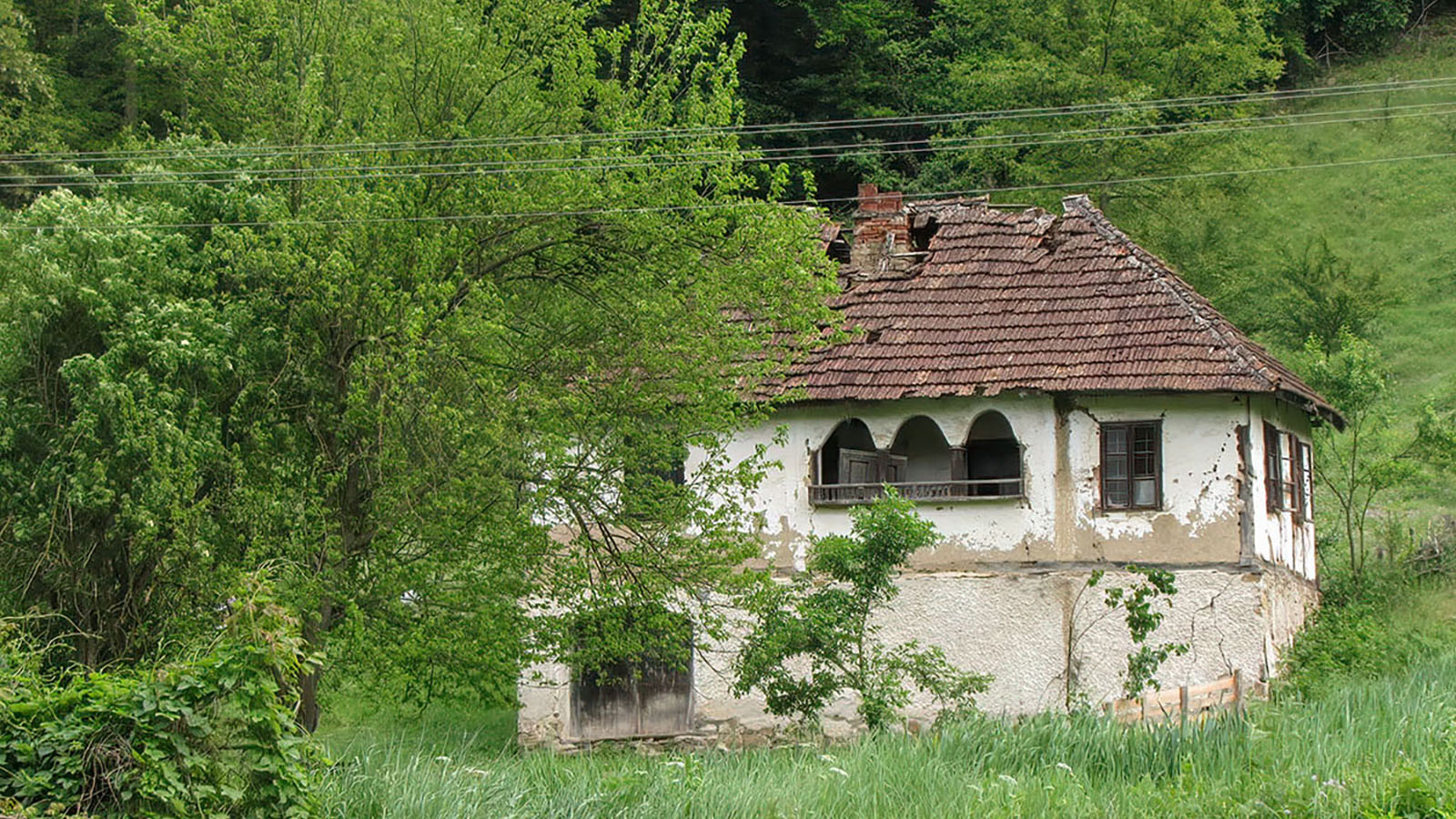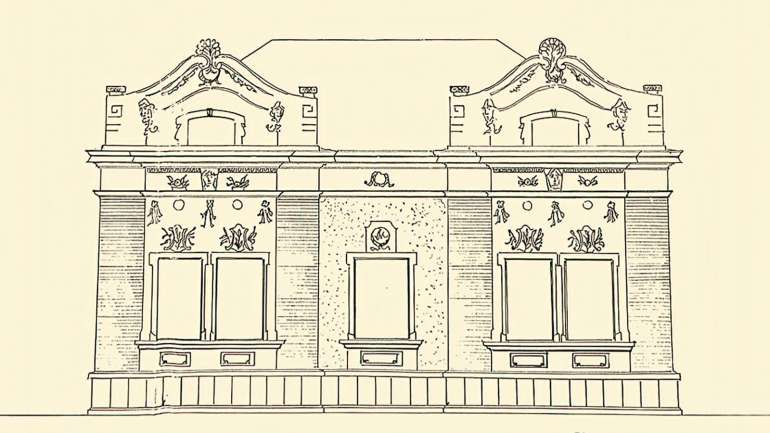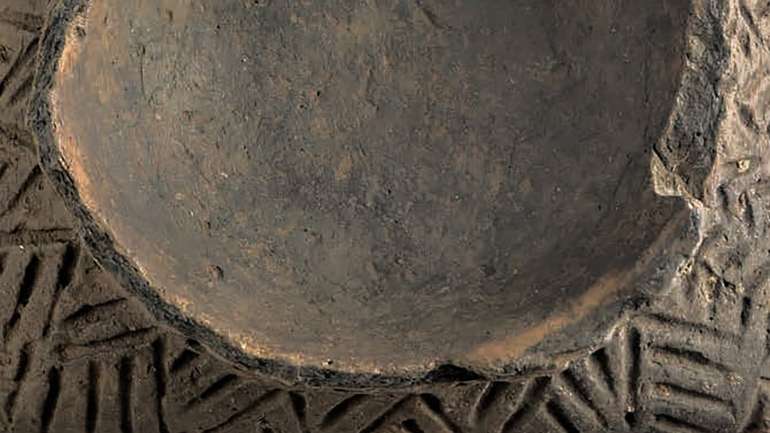Written by: Sonja Perić, senior curator
During the period of cloudy and rainy May weather, two sunny moments served the crew of the show Gastronomad, to record two episodes of this series. To make the story more complete, the curators of the Regional Museum of Jagodina, Sonja Perić and Jasmina Trajkov, helped the crew on May 16 and 17, 2023. We walked, talked, and cooked on Juhor mountain, at the lookout point below Veliki Vetren and near one of the Levač houses in the village Ivkovački Prnjavor. In addition to two new recipes prepared by Katarina Petrović Kaja and local chefs, viewers will also hear something about this magical mountain, the customs and traditions of our region.
Juhor or “Ljuora” is a Rhodope mountain with the highest peak at 774 m above sea level. It is located between Velika Morava in the east and Levač in the west, Temnić in the south and Belica in the north, and extends in the north-south direction. Crni Vrh (Black Peak) and Juhor, the two mountains that surround Jagodina, are the oldest mountains in the Balkans. It is the first land that rose above the level of the ancient Central European Sea on the Balkan Peninsula.
People have lived on the slopes of Juhor since prehistoric times. The mountain is covered with dense deciduous forests, which in the past and today are the habitat of various animal species. In addition to small mammals: squirrels, martens, rabbits and birds, the most attractive of which are pheasants, there are also foxes, jackals, roe deer and mostly wild boars, so hunting has been common here since ancient times.
Suitable natural preconditions, exceptionally fertile soil, water sources, streams, which descend down the mountain sides and flow into Lugomir, a river that flows in the northeastern foothills of the mountain and the vicinity of Velika Morava, provided favorable conditions for life, grazing, development of agriculture and cattle breeding, since prehistoric times. While, since the Neolithic, cereals and legumes were grown in the fertile plains along the Velika Morava, cattle breeding was developed on the slopes of Juhor and Crni Vrh. Cattle were raised in the lower regions, and goats and sheep were raised on the mountain sides.
Neolithic settlements were founded at the foothills of Juhor, and on the slopes, on naturally protected and well-viewed terraces, several gradina-type settlements, the fortifications, were discovered, where people lived for millennia. These were safe places from intruders. The population that lived in the fertile plains in peaceful times, in times of danger, before the attackers, retreated to the mountain sides, defended themselves and hid in palisades fortified settlements.
The oldest gradina-type settlements come from the Copper Age, from the end of the 4th to the middle of the 3rd millennium BC. One of the most important Eneolithic sites is “Đula” in Ostrikovac, known for numerous fragments of richly decorated ceramics with geometric motifs made by carving and white incrustation. Life continued on the hill forts in the period of the Bronze Age and Early Iron Age cultures, in the time of the Tribals, the most bellicose Balkan tribe, whose development we follow in Pomoravlje from the 13th to the 3rd century BC. On some of them, life continues through the Late Iron Age, Late Antiquity and Early Byzantium. There are well known finds of Celtic material, the horsemens’ equipment of the Late Iron Age, from the 3rd century BC, from Veliki Vetren, the highest peak on Juhor, as well as the remains of fortifications from the 4th to 6th centuries at prominent positions in the villages of Potočac – Momčilov Grad , Jovac – Gradište and Izbenica – Devojačka Stena.
Considering that in the forests of Juhor one finds various types of edible mushrooms, greens, nettles, wild garlic, young shoots of ferns and other edible plant species, it was possible to prepare a delicious dish from them, both in prehistoric times and today, without or with addition of meat, and from wild strawberries, apples, dogwood, thorns, blackberries, with the addition of honey, because beekeeping has been practiced since ancient times, one may also make nice sweets.
Photos: Relja Obrenović (1, 2, 5, 6, 8, 9), Sonja Perić (3, 4), Jasmina Trajkov (7)





